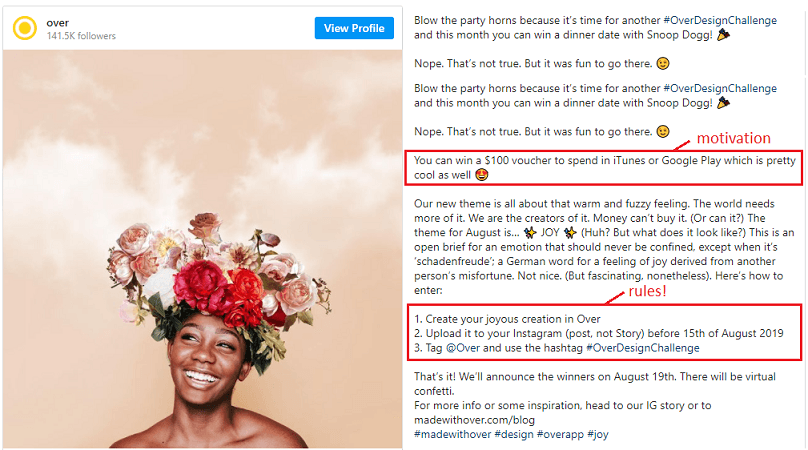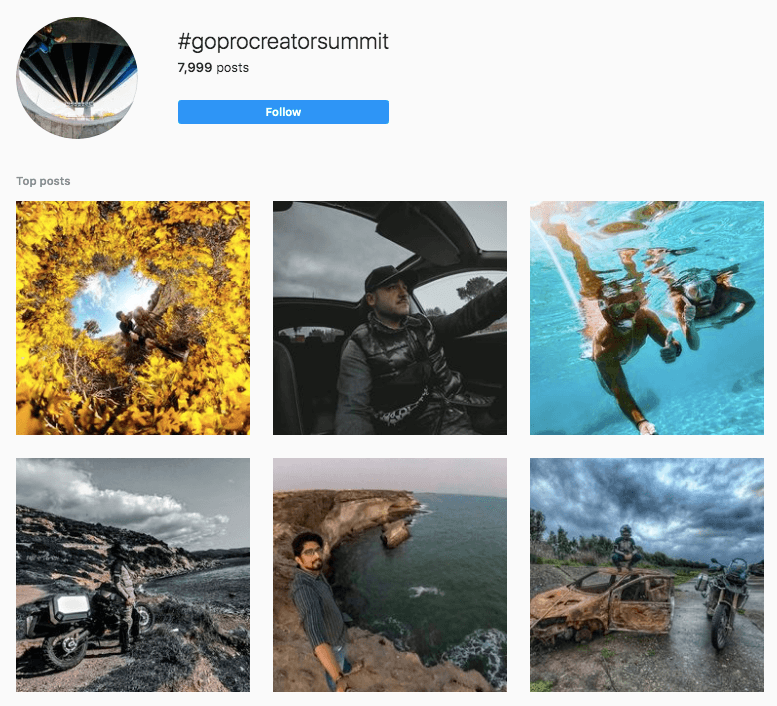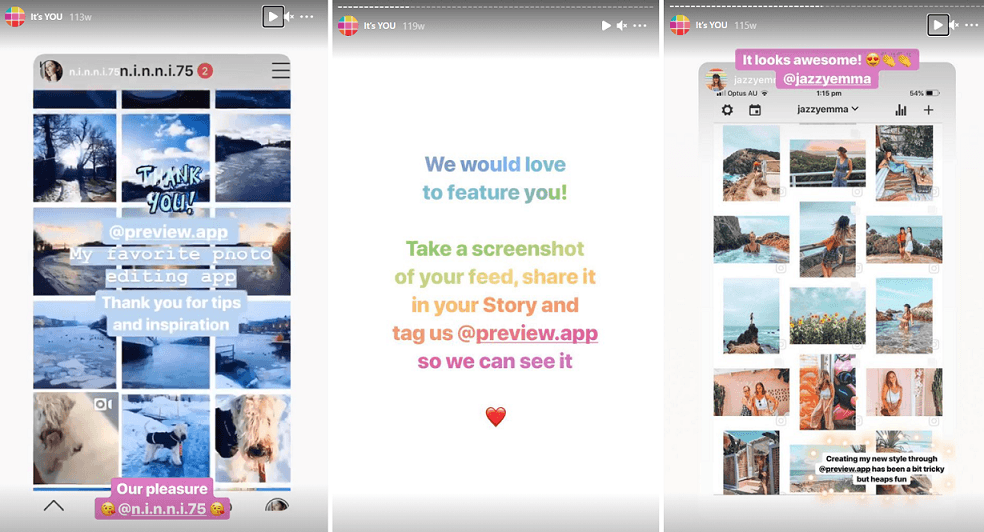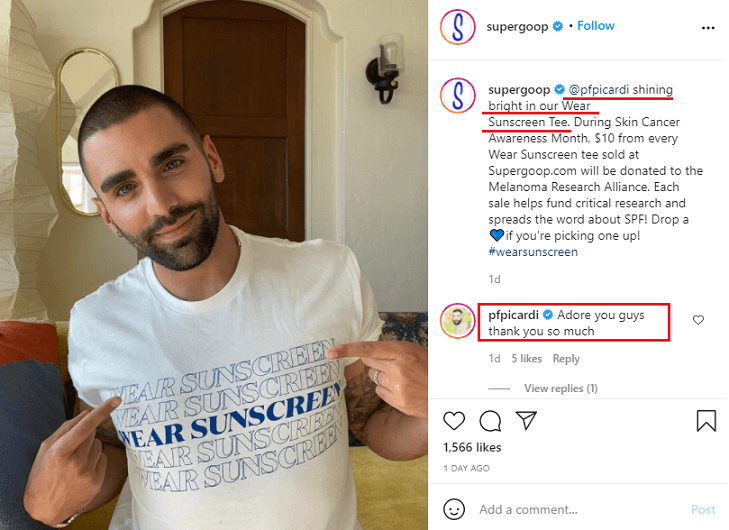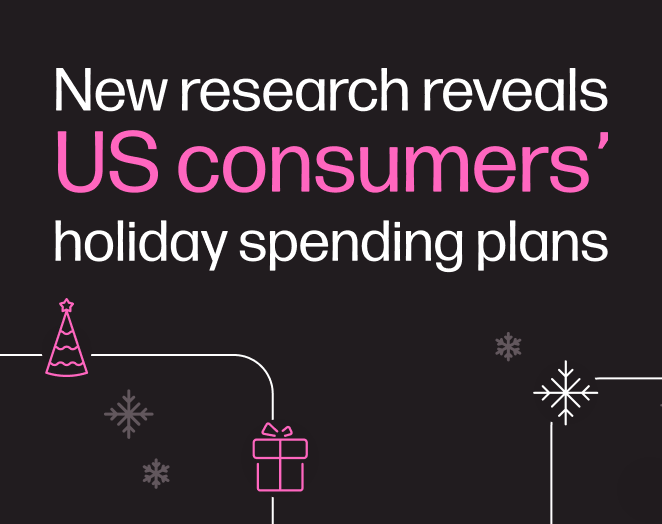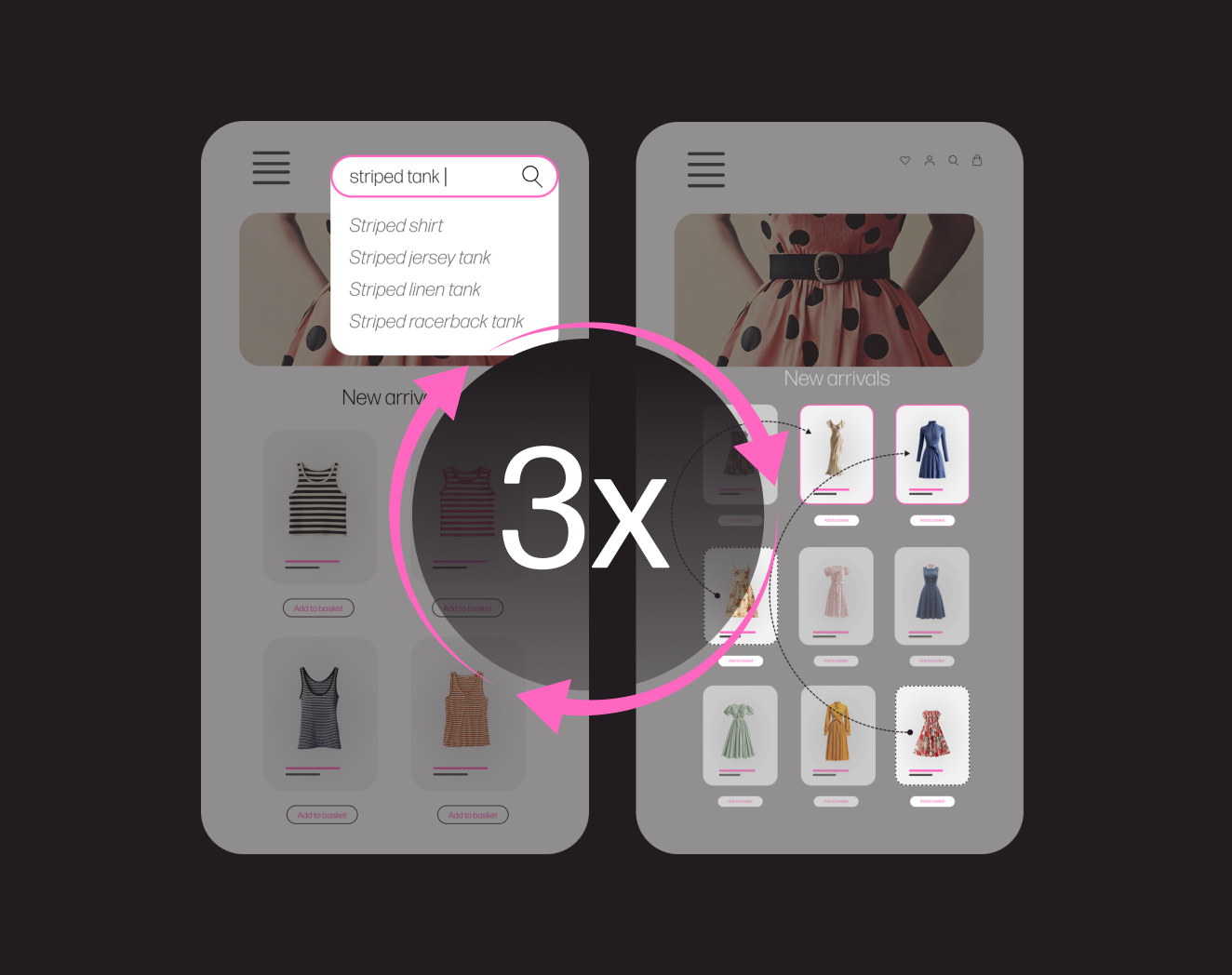7 Best Practices to Sharing UGC on Your Brand’s Social Media Channels
The power of user-generated content (UGC) on social media is hard to overestimate today:
More than half (56 percent) of consumers say UGC photos and videos are the kind of content they most want to see from brands, and they’re creating that content every day.
Why?
People trust people more than they trust brands. The social media posts, videos, images, and product reviews created by customers rather than marketers are what will get your brand more benefits and revenue than polished professional visuals can. Unique and trustworthy, UGC garners more engagement and can even bring more leads as well. When given the choice, 65 percent of consumers said they were more likely to trust a brand that posted a UGC image over a stock photo.
But what’s important with UGC is ensuring that you’re using it right.
In this article, you’ll find the crucial reasons why you should implement UGC on your social media channels. We’ll also provide best practices for working with user-generated content to convert consumers into brand advocates.
Why use UGC on social media for your marketing efforts
There are two phenomena: micro-influencers and social commerce.
While influencer marketing is still on the rise, now brands favor working with micro- or even nano-influencers rather than celebrities and people with millions of followers. Marketers notice that micro-influencers on social media drive 7x more engagement, and 80 percent of users admit they’re more likely to buy something if their favorite influencer endorses a product during live streams.
As a result, UGC from these people on social media can give your brand a super boost.
More than that, about 56 percent of Gen Z use social media today to search for information about brands. Social commerce calls the shots, and UGC now works at all points of the social media marketing cycle. Different types of user-generated content help users discover and explore your brand, get engaged, buy from you and even influence other users’ purchase decisions by sharing feedback with their followers.
Long story short, UGC on social media does most of the marketing job for you by:
- Promoting your brand authenticity. (90 percent of consumers say authenticity is essential when deciding what brand to support, and they are 2.4x more likely to consider UGC authentic compared to brand-created content.)
- Boosting your brand’s credibility and trust. (92 percent of consumers believe recommendations from family and friends, and 70 percent trust other online consumers’ opinions.)
- Making people buy (or not) from you. (79 percent of people admit that UGC impacts their purchase decisions a lot, working as powerful social proof of how happy customers are with your product or service.)
- Helping your content rank higher: Customer reviews expand SEO efforts.
Giving your audience a voice by making them feel part of the community and that their opinion matters.
And last but not least for a marketer:
UGC on social media is cost-effective. Your audience (customers, website visitors, social followers) freely generate original content for you every day in the form of social posts, comments, videos, reviews, testimonials, etc. Taking advantage of UGC saves you tons of time and budget when it comes to content planning and creation!
The trick is to implement strategies with UGC on social media that will help you see the biggest possible impact.
Best practices to sharing UGC on social media
Now for the most exciting and (finally!) tactical part:
These are the seven best practices for working with UGC on social media that can help you turn customers into brand advocates and get a wider audience engaged with your marketing message.
1. Know your goals
The truth is that while many brands are eager to implement UGC as part of their content marketing strategy, few actually have a plan or goals for implementing it.
The best practice of sharing UGC on social media would be to set specific goals and guidelines beforehand. For example, what do you want to get from a particular user-generated content campaign? With clear goals at hand, you’ll be able to organize UGC in the most optimal way possible for the desired outcome.
Example: Jennifer Taylor (a furniture store)
This brand uses UGC pictures from social media profiles on their product page—saving time on content creation and engaging customers with more authentic imagery. Those willing to have their content featured were prompted to tag their content with #jentayhome.
Possible goals include:
- Build brand trust by creating a memorable brand identity, awareness, and credibility from your own customers.
- Drive discoverability by getting a wide audience of passionate customers to create and tag content about your brand.
- Get higher engagement by collaborating with relevant influencers who have an active and loyal audience.
- Educate your audience by answering the most common questions about your brand (influencers can help here too.)
- Increase conversions by collecting and displaying customer reviews that include pictures.
- Get high amounts of original content and save time on its creation.
2. Know what to share on certain channels
It’s not only about where your audience “lives” and where your brand advocates have the most influence. The best practice would be to share UGC based on your goals and its format.
Facebook is excellent for sharing customer videos, while Instagram is the preferred platform for high-quality images. Twitter would be the perfect place for sharing some witty quotes from customer testimonials. LinkedIn is the place for communicating your message via case studies from customers or thoughtful articles from niche influencers and opinion leaders.
Remember to include relevant hashtags to increase visibility and reach, and consider @ mentions to credit content creators (more on this later). Master the art of social media outreach to build partnerships with influencers and involve them in your UGC campaigns.
3. Tell the audience what you want
When organizing your UGC campaign on social media, make it clear for the audience what it is you want them to do. Decide on specific content types that align with your brand and share the proper guidelines for users to consider.
The best practice would be to become as specific as possible: Check your brand rules, hashtags, and regulations toward UGC twice to avoid getting unwanted content.
Also, do your best to hold to the course:
If you need a specific UGC format or style, don’t revise the guidelines after a few days. Users may need some time to start sharing the content with you, and your rush or inconsistency could lead to a negative user experience.
Motivate the audience to share their UGC with you: Organize fun giveaways or contests, ask them to post content and tag you, promise to feature their content in your feed, etc.
This leads us to the next best practice when sharing UGC on social media:
4. Be original, entertaining and deliver value to the audience
Pay attention to how you present users’ works on social media. As many brands are using UGC as part of their social media marketing strategy, the competition is enormous. You need to stand apart from the crowd.
Try analyzing the competition: How do they use UGC to serve their target audience? What can you do that’s unique yet still relevant to your brand mission and marketing goals?
Think of something that could help you start building a community so your followers feel they belong to something bigger than a simple tag or a repost. Follow the lead of brands like Apple with their Shot on iPhone campaign or GoPro with their annual GoPro Creator Summit:
Each year GoPro invites filmmakers, photographers, and videographers to celebrate their passion. The only way to get to the ‘Summit’ is to share a #GoProCreatorSummit selfie. This UGC helps brands reinforce their values, display the raw passion of their audience and strengthen an overall sense of community.
Remember that UGC social media doesn’t always have to be purely product-related. Encourage people to be as creative as possible while aligning with your brand values and aesthetic to grow and encourage the wider community.
For example, you can try this new UGC trend if it’s relevant to your business: reposting your followers’ tweets to your Instagram feed.
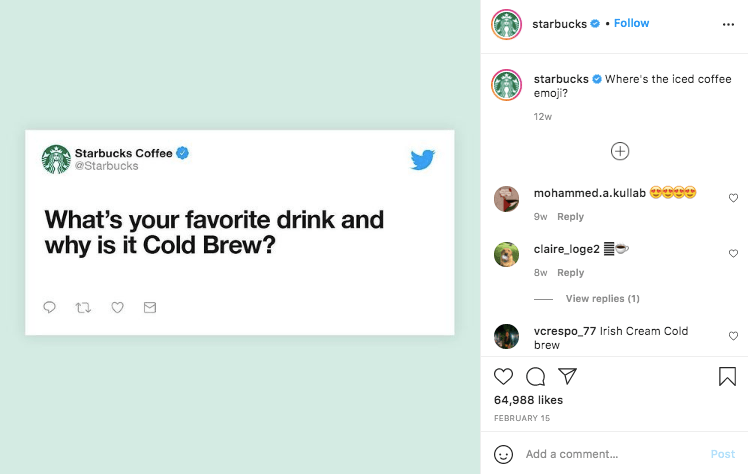
Source
Another point to consider:
Be strategic and considerable when sharing UGC on social media. This content should have a purpose and bring value to your audience. Let it inspire, highlight your product, showcase reviews and help followers decide on their choice from you.
One of the best practices here would be to save UGC content from customers and repost it to Instagram Stories for others to see your product used by real people. Not only would doing this help prospects find the right option, but it would also allow you to promote your brand’s authenticity and increase the level of personalization.
5. Offer something in return
To inspire followers and motivate them to share UGC with you, do your best to offer them something in return. Most brands organize social media contests with prizes, and it’s a good idea by all means. However, don’t get too focused on it.
According to a survey from Offerpop, only 32 percent of consumers create and share UGC to win a prize. The other 60 percent do that to get more likes or be featured by their favorite brand.
So, the best practice here would be to develop a branded hashtag for your audience to use so you could find relevant UGC quickly and regularly share the best contributions—giving credit to creators. Better yet, encourage your followers to tag or @mention your brand in their posts whenever relevant. The more you feature UGC on social media, the more users will be motivated to tag your brand.
But even when offering a branded hashtag for users to use, make sure to follow this next practice:
6. Ask permission
When people tag your brand, it doesn’t necessarily mean they are waiting for you to use their content. Hashtags often live on their own, so it would be a good idea to ask the original poster for permission to re-share their content on your brand page.
Not only does this help you avoid copyright concerns, but it’s also your chance to show appreciation to the content owner for sharing content about your brand. It’s a sure-fire way to turn followers into brand advocates and promote brand loyalty.
When sharing user-generated content on your social channels, always give clear credit to the creator. Tag the account and indicate whether you use their words, visuals, or both.
7. Analyze and measure your efforts
As well as any other of your marketing efforts, UGC campaigns on social media should be analyzed and measured so you can understand if they work to help you reach desired goals.
With social media analysis and social listening tools at hand, you’ll track the overall engagement with UGC and gain insights into the valuable metrics such as likes, saves, comments, shares, hashtags consumers use to interact with your brand, and more.
You’ll be able to analyze your efforts this way and adjust them accordingly to serve your audience better.
Takeaways
Now that you know these tips and have a list of tricks to sharing your user-generated content, it’s time to put them into practice. While working with UGC on social media takes some planning it has the potential to bring tons of benefits to your brand when executed effectively.
Know your goals, be original, provide value to your audience, remember to credit them, and always analyze your UGC campaigns to understand the results and benchmark progress. Take UGC on social media as an opportunity to engage with your audience and build a strong community around your brand.


